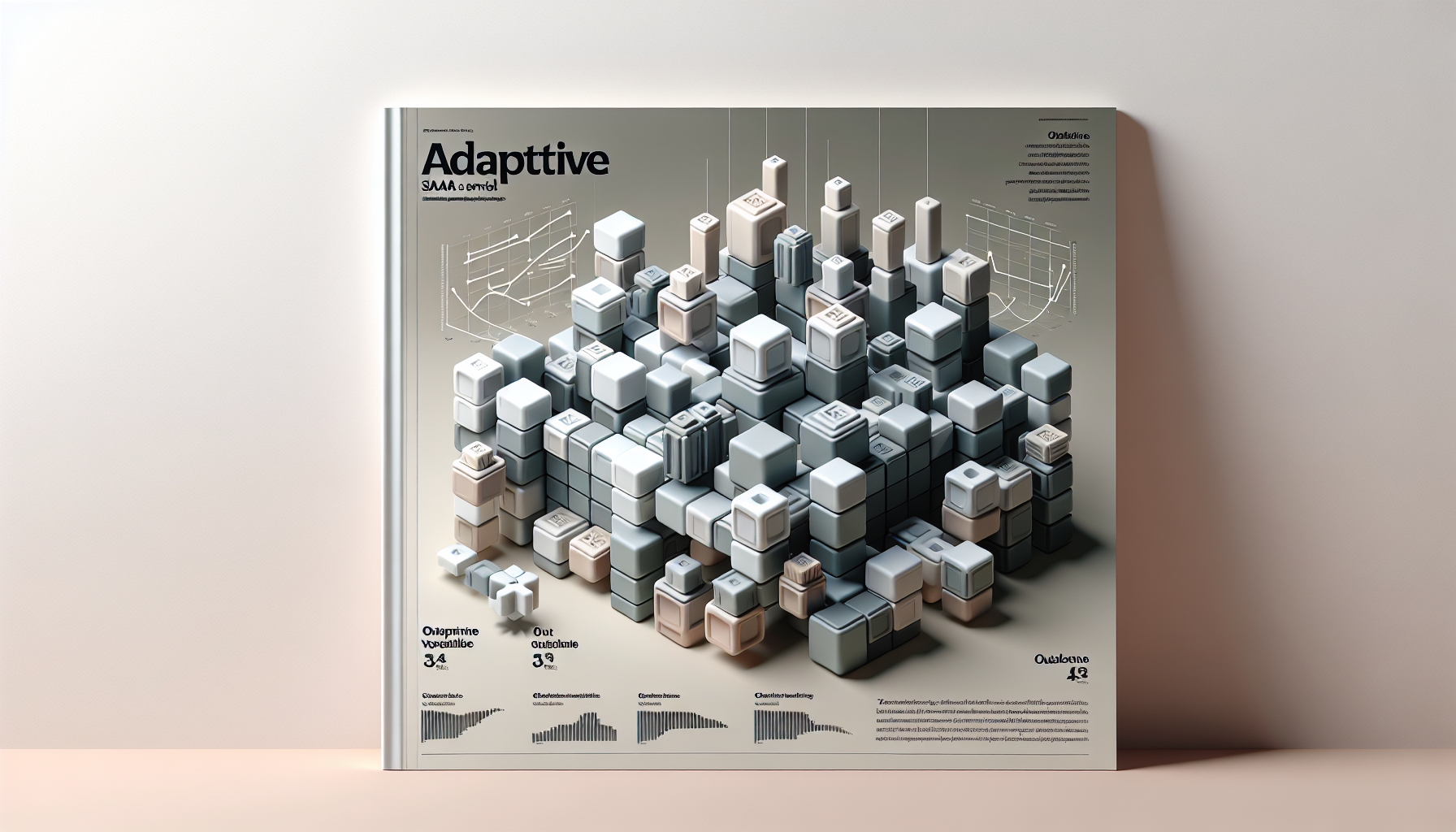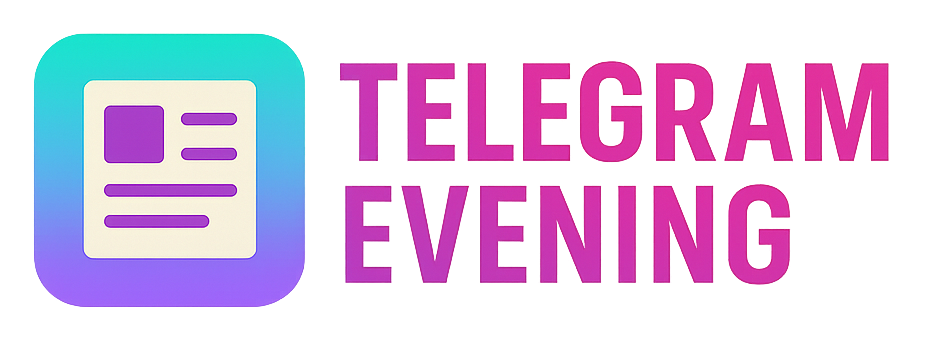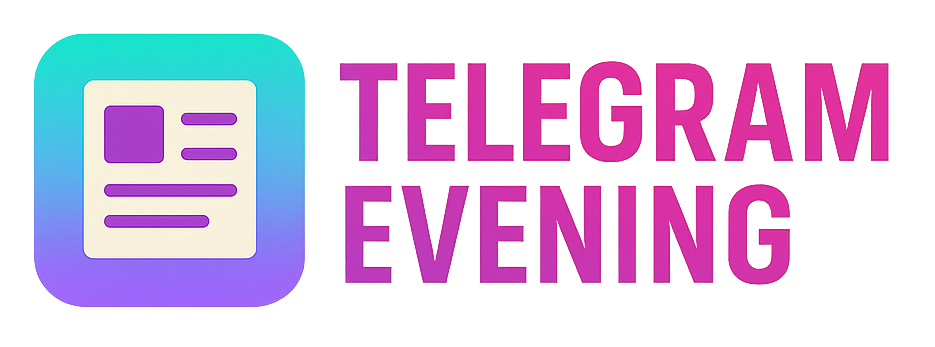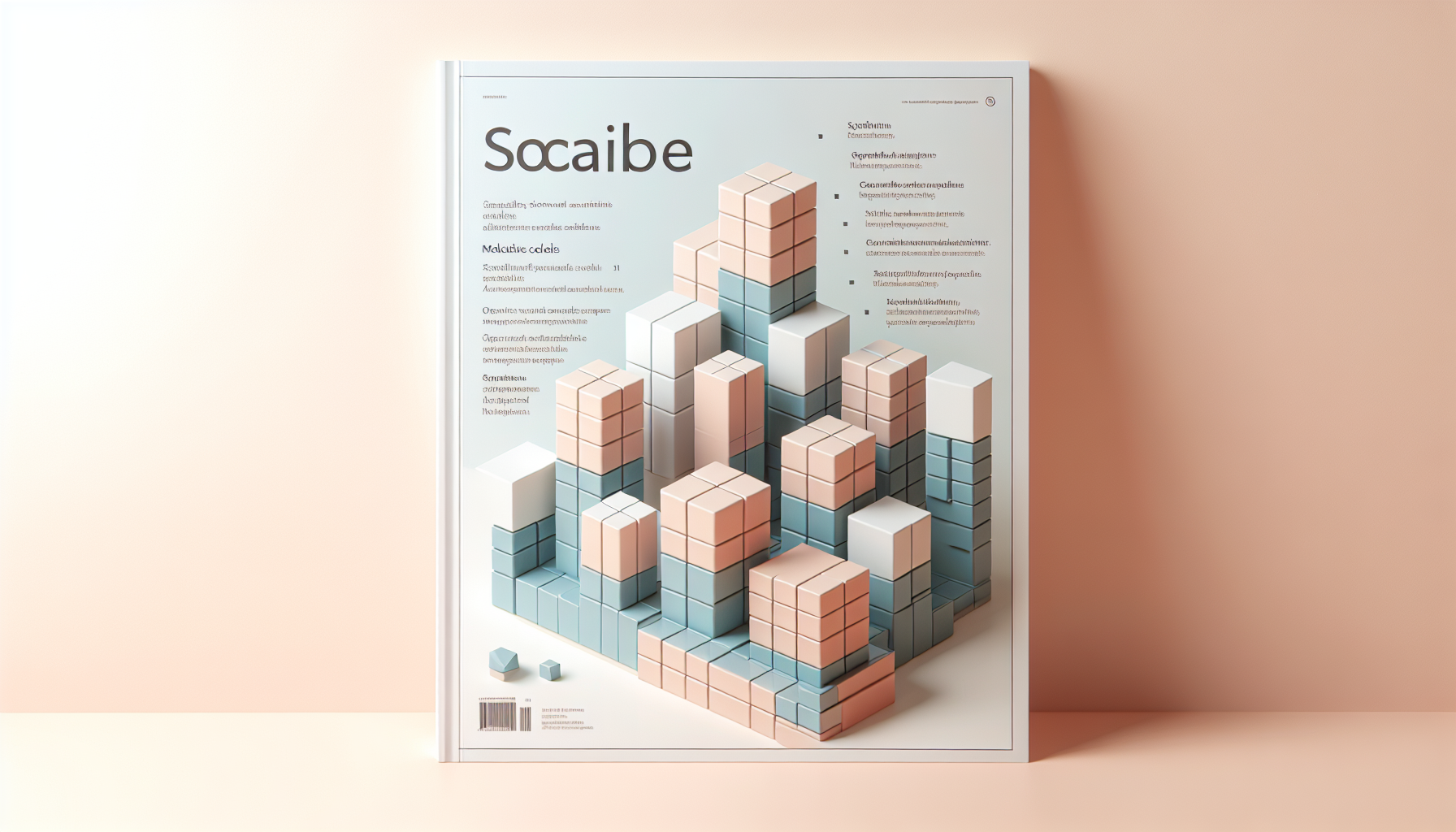Designing Adaptive SaaS Business Models for Sustained Growth in Dynamic Markets
SaaS businesses thrive by adopting adaptive models that evolve with market demands and technological innovation.

The Evergreen Challenge of SaaS Adaptability
Software as a Service (SaaS) businesses face ongoing shifts in customer needs, competitive landscapes and technology. Ensuring long-term success demands building adaptable business models that evolve seamlessly with these changes without compromising financial resilience.
Framework 1: Modular Pricing and Feature Bundling
This model partitions the product offering into independently deployable feature modules bundled flexibly by customer segment. It enables continuous feature iteration, personalised value propositions, and mid-cycle plan adjustments.
Step-by-Step Implementation
- Identify core features and complementary add-ons aligned with user personas.
- Develop a modular architecture both from a product and pricing perspective.
- Create dynamic pricing tiers that allow mix-and-match bundling according to customer needs.
- Implement usage analytics using tools like
SegmentorMixpanelfor real-time customer behavioural data. - Continuously optimise bundles and plans quarterly based on churn, acquisition, and feature usage data.
<pre><code class="language-js">// Example: Feature flagging in Node.js with LaunchDarkly
gconst LaunchDarkly = require('launchdarkly-node-server-sdk');
const ldClient = LaunchDarkly.init('YOUR_SDK_KEY');
ldClient.on('ready', () => {
const user = { key: 'user123' };
ldClient.variation('new-feature-flag', user, false, flagValue => {
if (flagValue) {
// Enable feature module
} else {
// Disable feature module
}
});
});
</code></pre>
Framework 2: Outcome-Based Subscription Models
This strategy shifts billing focus from access to outcomes, aligning vendor incentives with customer success and retention. Revenue depends on measurable improvements clients achieve using the service.
Step-by-Step Implementation
- Engage early with key customers to define success metrics collaboratively.
- Set baseline KPIs and establish transparent measurement protocols.
- Design pricing formulas tied to incremental outcomes rather than flat fees or usage alone.
- Deploy integrated analytics dashboards so clients can track performance.
- Regularly review and recalibrate metrics to maintain fairness and motivation.
Did You Know? SaaS companies using outcome-based models report up to 30% higher customer retention, as client success drives recurring revenue according to UK government research.
Pro Tip: Invest early in data infrastructure that unifies product usage and business outcomes; this foundation enables both adaptive pricing and deeper customer insight for all SaaS models.Warning: Avoid locking into rigid pricing tiers that lack agility—market conditions and customer requirements evolve continuously and unpredictably.
Comparing the Approaches
Modular pricing works best when a product’s capabilities evolve rapidly and cater to diverse customers, while outcome-based subscriptions suit B2B SaaS with measurable client KPIs and long sales cycles. Hybrid models can also combine strengths, e.g., modular access plus outcome incentives.
Integrating Adaptive Business Models with Circular Economy Principles
To future-proof SaaS in a sustainability-conscious market, consider linking adaptive subscription frameworks with the broader circular economy via digital services that promote resource efficiency, reuse or sharing mechanisms. This aligns commercial success with environmental value creation.
For tactical insights on building resilient business models that thrive in circular economies, see our previous detailed briefing Building Resilient Tech-Driven Business Models for the Circular Economy.
Evening Actionables
- Audit existing SaaS pricing and product modularity; identify opportunities for flexible bundling.
- Begin pilot collaborations with select clients to define measurable outcome metrics.
- Invest in integrating feature flag and product analytics platforms to support modular and outcome-driven approaches.
- Review churn patterns and customer feedback to guide iterative model adjustments.
- Map your SaaS business model’s alignment with circular economy tenets for added sustainability appeal.





Comments ()